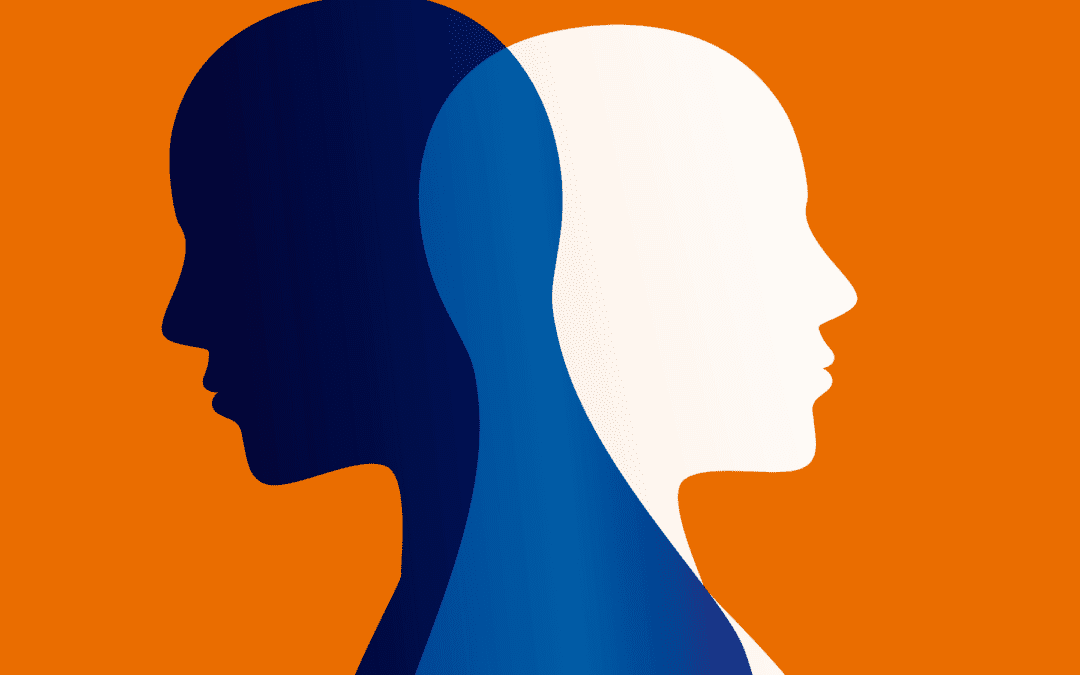Author: Mariko Hewer
Trigger warning: Brief discussion of suicide
The past 18 months (and counting) have been remarkable by any standard — we’ve battled a worldwide pandemic, faced natural disasters dramatically heightened by climate change, and begun the hard yet long-overdue work of confronting our collective racist and discriminatory past. These challenges are daunting, but they also present opportunities: The pandemic has thrust the importance of mental health into the forefront of our daily discourse, while discussions about discrimination are helping spotlight an increasingly diverse range of voices advocating for equality.
At the intersection of those two conversations is the question: In what unique ways do people of color experience mental illness?
Of course, there are as many answers to that question as there are people of color with mental illnesses — everyone is different. But statistics can help us form an overall picture, and it isn’t pretty: According to the Department of Health and Human Services Office of Minority Health, Black Americans are 20% more likely to experience significant mental health problems than the general population. The Substance Abuse and Mental Health Services Administration’s National Survey on Drug Use and Health showed that incidences of serious mental illness in the U.S. Asian American/Pacific Islander community aged 18–25 nearly doubled between 2008 and 2018, from 2.9% to 5.6%. And data from Mental Health America’s screening program show that, in 2020, Native/Indigenous Americans reported the highest proportion of people with moderate to severe anxiety, at 84%.
As recent research continues to confirm the outsize difficulties faced by people of color with mental illnesses, it’s important to delve into the root causes of this phenomenon. One such cause may be an inability for people of color to find mental health providers with whom they connect — a critical factor in positive patient outcomes. The American Psychiatric Association reports that in 2015, of U.S. adults with a mental illness, 48% of whites received treatment, compared with 31% of Blacks and Hispanics and only 22% of Asians. Could this be linked with the fact that, in the same year, 86% of U.S. psychologists were white, while only 4% were Black? (While race is far from the only factor influencing a patient–provider connection, it can be a prominent one.)
Another factor may be how our criminal justice system interacts with mentally ill people of color. An article in Counseling Today states that more than 50% of incarcerated men and women have mental health concerns. This suggests that, rather than receiving proactive treatment, mentally ill people of color, who are overrepresented in the criminal justice system, are instead being incarcerated.
It’s not all bad news for people of color with mental illnesses, however. In February, Reps. Eddie Bernice Johnson, Tony Cárdenas, and Darren Soto introduced H.R. 1331, the Strengthening Mental Health Supports for BIPOC Communities Act. This legislation aims to “reduce health inequities experienced by individuals who are members of historically racial and ethnic minority groups under State plans under the community mental health services block grant program,” has been endorsed by the American Psychological Association, the American Foundation for Suicide Prevention, and the American Psychiatric Association, among others.
Of course, passing legislation to improve the allocation of resources to people of color suffering from mental illnesses is not the only way to improve things. Take a look at some additional resources here, here, and here.
The content of the International Bipolar Foundation blogs is for informational purposes only. The content is not intended to be a substitute for professional medical advice, diagnosis, or treatment. Always seek the advice of your physician and never disregard professional medical advice because of something you have read in any IBPF content.


